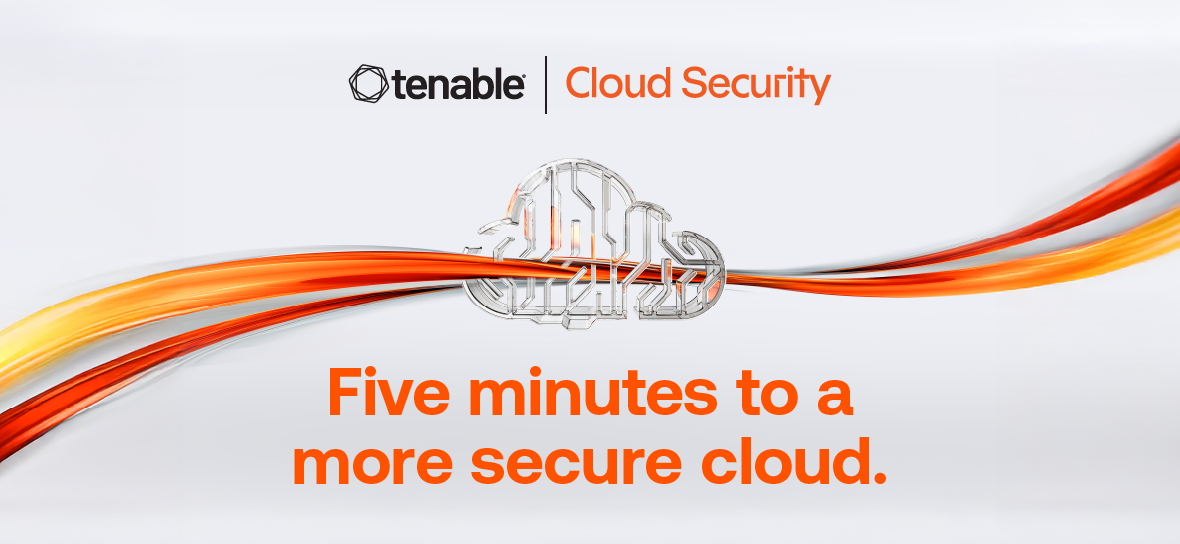Stronger Cloud Security in Five: Accelerate Response in the Cloud

In this sixth installment of Tenable’s “Stronger Cloud Security in Five” blog series, we offer three recommendations that you can quickly roll out to help you expedite, prioritize and fine-tune how you detect and respond to cloud security issues.
The dynamic, distributed and fast-changing nature of cloud environments makes it imperative for organizations to have a streamlined and swift process for detecting and responding to cloud security issues.
Failure to promptly and effectively respond to cloud security findings can quickly lead to major breaches that threaten your organization’s sensitive data, business operations, regulatory compliance, and more.
As the “SANS 2024 Detection and Response Survey” shows, cloud detection and response is a priority for organizations. The report, based on a survey of almost 400 cybersecurity professionals – including incident response handlers, security analysts, security managers and security directors – found that:
- 53% of respondents planned to adopt more advanced cloud-native security tools.
- 52% were looking to integrate artificial intelligence and machine learning for enhanced threat detection and response.
- 71% planned to boost training for security teams on cloud-specific threats.
In this blog, we offer you three ways to accelerate your response in the cloud. Our recommendations are meant to get you started with a “quick win” that only takes minutes and that can serve as the foundation for implementing best practices with a broader scope.
Read on to get the details on these three tips:
- Sketch out owners for different categories of cloud security findings.
- Think about your most sensitive cloud resources and the types of security findings that – if they affected these resources – would merit a response.
- Set up notifications alerting the appropriate teams about these security findings via messaging tools or ticketing solutions.
Sketch out the owners assigned to act on the different types of cloud security findings
A key for swiftly responding to cloud security issues is knowing who to go to — for particular assets — when in the heat of the moment.
For a quick win, think about the people who make up your security team and the roles they play in areas such as identity and access management (IAM); DevSecOps; governance, risk and compliance; and vulnerability management; and sketch these key owners out.
If you need to jog your memory, think through different ways your organization might best assign ownership, including:
- By specific cloud accounts or groups of accounts
- By specific types and categories of findings, such as IAM-related issues
- By assigning owners to clusters of resources that belong to a specific project
By documenting the teams that own specific categories of cloud security findings, you pave the way for decisive and quick responses to cloud security issues.
Handpick a couple of sensitive resources and their critical issues
Having sketched out some of the ownership of security findings, you want to think about one or two of your most sensitive resources and identify which issues impacting them would warrant firing off an alert. The idea here is to set up one or two alerts for issues whose high severity would be obvious, such as suspicious changes to the permissions of an S3 bucket that holds data for your company's payment processing infrastructure. By thinking through this, you will be prioritizing the one or two issues that pose the greatest risk to your cloud environment’s “crown jewels.”
Once you have your rough list of sensitive resources, some critical issues you might be interested in would be:
- Changes being made to sensitive security groups
- Changes to the configuration of critical storage buckets
- Changes to access permissions from internal or external networks
By taking time to think through what your most critical cloud resources are, you will be on a path to proactively applying stronger safeguards and controls to them, thereby reducing the risk they’ll be breached.
Set up notifications via messaging tools or ticketing solutions
Once you’ve sketched out the key responsibilities across your organization, as well as the critical resources and the critical issues impacting them, the final quick action you can take is to start setting up a few alerts around these connections.
You don’t need to set up every possible critical alert right now, but starting with one or two of the most critical alerts will give you good momentum to embark on a more comprehensive project later on. If possible, consider integrating your alerting system with a corporate messaging tool, like Slack or Microsoft Teams. This will offer you an effective way to make these notifications timely and actionable. If you have a bit more time, it’s very valuable to integrate this type of notification into your ticketing system or security information and event management (SIEM) system.
How Tenable can help
There are different ways in which our Tenable Cloud Security cloud native application protection platform (CNAPP) can help you streamline and automate the three recommendations we’ve outlined in this blog for accelerating your response to cloud security findings.
First, Tenable Cloud Security allows you to assign custom properties and labels that can be applied to resources to add context for risk assessment. These have many uses, and many Tenable customers leverage this capability to tag different resources with their owners.
Tenable Cloud Security offers policy templates that provide a flexible way of defining exactly which resources you want to monitor, how, and for what.
And — of course — Tenable Cloud Security can tie all this together so you can quickly send notifications to resource owners about detected issues that are within their scope of responsibilities. Whichever way your team and your stakeholders work, Tenable Cloud Security can integrate your alerts there with the ability to send alerts and reports to recipients via Slack, Teams, email, Jira, ServiceNow, Datadog, Splunk, QRadar, Sumo Logic and Telegram, as well as to many others via webhooks.
Find out how you can take action to speed up and fine-tune your cloud detection and response, as well as your overall multi-cloud security in just five minutes.
Learn more:
- "Stronger Cloud Security in Five: The Importance of Cloud Configuration Security"
- "Stronger Cloud Security in Five: How To Protect Your Cloud Workloads"
- "Stronger Cloud Security in Five: Securing Your Cloud Identities"
- “Stronger Cloud Security in Five: How DSPM Helps You Discover, Classify and Secure All Your Data Assets”
- “Stronger Cloud Security in Five: 3 Quick Ways to Improve Kubernetes Security in GCP”
- Cloud



